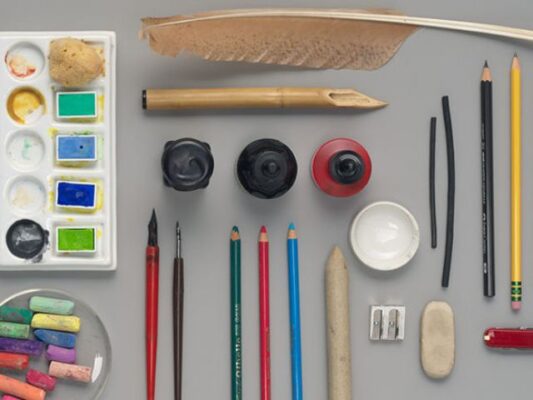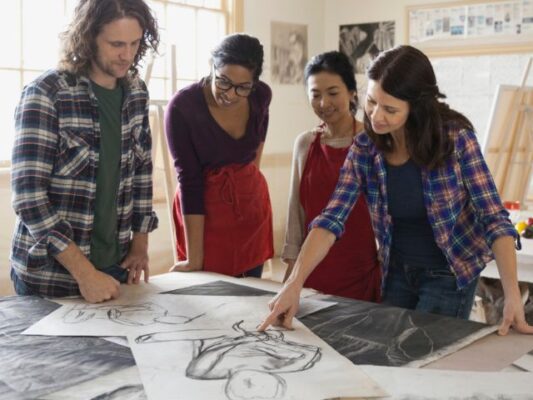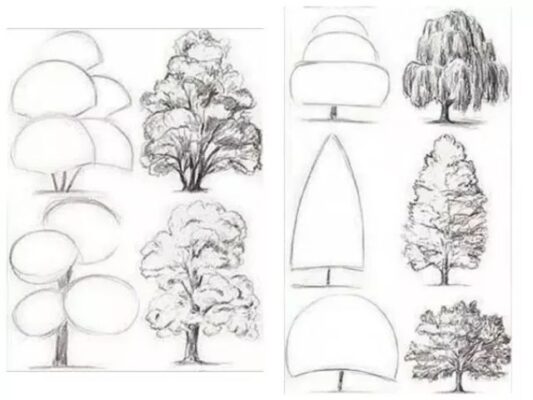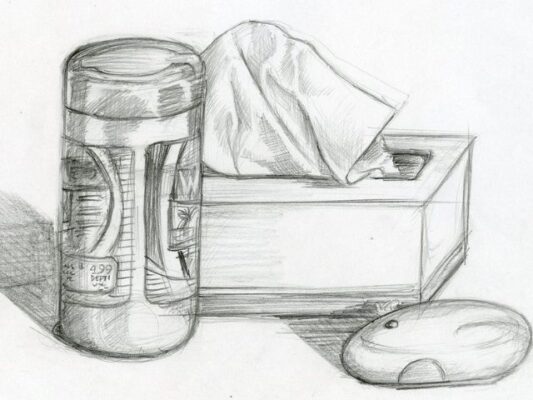Drawing is not just a hobby; it’s a skill that can be honed and perfected with practice and dedication. Whether you’re an aspiring artist, a professional illustrator, or someone who simply enjoys doodling in their free time, there are always ways to enhance your drawing abilities. In this comprehensive guide, we’ll explore the fundamentals of drawing skills and provide 6 practical tips to help you improve your artistic prowess.
Contents
What Are Drawing Skills?
Drawing skills encompass a range of abilities related to creating visual representations of objects, scenes, or ideas using lines and shapes. These skills include understanding proportions, perspective, shading, and composition. While some individuals may have a natural inclination for drawing, anyone can improve their skills through practice and deliberate effort. Drawing is not just about reproducing what you see but also about expressing your creativity and imagination on paper.
6 Tips to Improve Drawing Skills:
Practice Regularly
Like any skill, drawing requires consistent practice to improve. Set aside time each day to draw, even if it’s just for a few minutes. The more you practice, the more confident you’ll become in your abilities, and the better your drawings will be.

Study Anatomy and Form
Understanding the underlying structure of objects and figures is crucial for creating realistic drawings. Take the time to study anatomy books, observe real-life objects, and practice drawing basic shapes from different angles. This knowledge will inform your drawings and help you capture the essence of what you’re trying to depict.

Experiment with Different Tools and Techniques
Don’t be afraid to step out of your comfort zone and try new drawing tools and techniques. Whether it’s experimenting with different pencils, pens, brushes, or exploring various drawing styles like realism, impressionism, or abstract, branching out can help you discover new ways of expressing yourself artistically.

Seek Feedback and Critique
Sharing your work with others and seeking feedback from fellow artists or mentors can provide valuable insights into areas for improvement. Be open to constructive criticism and use it as an opportunity to learn and grow as an artist. Don’t take feedback personally; instead, use it as motivation to push yourself further.

Break Down Complex Subjects
When faced with a complex subject to draw, break it down into smaller, more manageable parts. Start by sketching the basic shapes and forms before adding details and refining your drawing. Breaking down complex subjects into simpler components can make them less daunting and easier to tackle.

Draw from Observation
One of the most effective ways to improve your drawing skills is by drawing from observation. Take the time to study real-life objects, people, and scenes, and try to capture their essence on paper. Pay attention to details like light, shadow, and texture, and use them to bring your drawings to life.

Improving your drawing skills is a journey that requires patience, dedication, and perseverance. By incorporating these six tips into your practice routine, you can take your drawing abilities to the next level and unlock your full creative potential. Remember that progress takes time, so be patient with yourself and enjoy the process of learning and growing as an artist. With time and effort, you’ll be amazed at how much you can achieve with your drawings.
Related Posts







